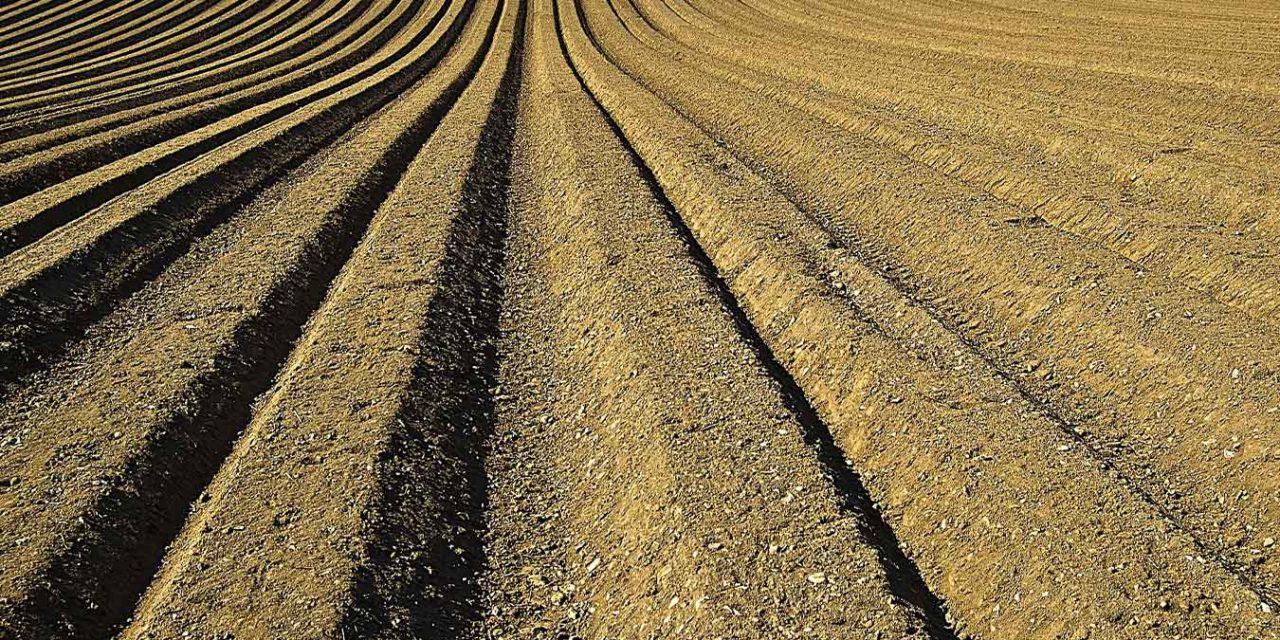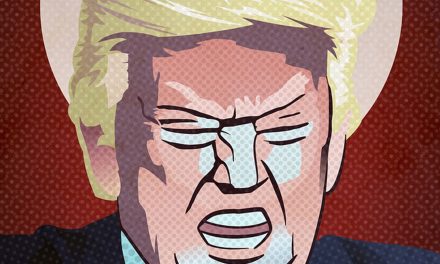The way land is used must be dramatically changed, if the impacts of global warming are to be averted, according to high level report commissioned by the United Nations.
The special report on climate and land by the Intergovernmental Panel on Climate Change (IPCC) advises that many more people must become vegetarians in order to fundamentally change agriculture.
Intensively farmed meat and dairy products have a huge environmental impact. Cattle produce a huge amount of methane, a more potent greenhouse gas than CO2, and meat production ties up huge amounts of land all over the world that could instead be used to plant trees or grow crops.
Agriculture and intensive forestry – where trees are grown just to be chopped down for paper or cheap building timber – accounts for a quarter of total global greenhouse gas emissions.
Scientists on the IPCC who compiled the report say that more can be done to encourage people to consume less meat.
“We don’t want to tell people what to eat. But it would indeed be beneficial, for both climate and human health, if people in many rich countries consumed less meat, and if politics would create appropriate incentives to that effect,” Hans-Otto Pörtner, an ecologist who co-chairs the IPCC’s working group on impacts, adaptation and vulnerability, told the journal Nature.
Soil degradation and destruction is also a major problem, with a quarter of the earth’s soils now severely degraded. Industrial farming practices with widespread use of pesticides and fertilizers are principally to blame, as well as widespread ploughing. Emissions from fertilizers have gone up nine times since 1960 and soil soaks up carbon, which when it is degraded is released back into the atmosphere.
“The biggest hurdle we face is to try and teach about half a billion farmers globally to re-work their agricultural model to be carbon sensitive,” Andre Laperrière, the executive director of Global Open Data for Agriculture and Nutrition, based in Oxford, told Nature.
Captain Chainsaw
The report warned that the continuing destruction of tropical rainforests is the biggest threat to the planet and that the Amazon may be close to reaching a tipping point where it becomes a degraded type of desert.
Currently the Amazon and other rainforests act as carbon sinks which cool global temperatures and soak up CO2, but if they become so degraded that they reach this tipping point they could release over 50 billion tonnes of carbon into the atmosphere over a 30 to 50-year period.
Scientists in Brazil where 60% of the Amazon rainforest is located say that deforestation in the country, which is mapped by satellites, has “exploded” this year. They blame Brazil’s new president who has presided over a number of anti-environmental laws in the short time he has been in office, including slashing the budget of Brazil’s environmental agency. He also has the support of the powerful mining and agricultural sectors who are always hungry to tear up more of the rainforest in pursuit of profits.
A staggering 2,254 sq km of rainforest, an area about half the size of the US state of Philadelphia, was destroyed just in July, according to Brazil’s national Institute for Space Research, the government agency that monitors deforestation through a network of satellites.
Bolsonaro has mocked his new nickname of “Captain Chainsaw” and instead referred to himself as “a blooming president”, while rejecting international criticism as a smear campaign and refuting the mounting evidence of deforestation under his watch as “imprecise” satellite data.
The Cascading Risks of Climate Change
As global temperatures continue to rise, so the ability of the land to sustain humanity is reduced. The number and severity of droughts and wildfires increases, and soil erosion gets worse as crop yields diminish. There will be increased damage to the great northern forests of Russia, Canada and Scandinavia as Artic summers get much hotter.
Greenhouse gas emissions hit an all time high in 2018 of 37 billion tonnes. They must be reduced by up to eight billion tonnes a year, in order to limit global emissions to 1.5C above pre-industrial levels; the goal set by the Paris climate agreement in 2015 and from which the US, the world’s second largest CO2 producer, has withdrawn.
- Why is California So at Risk from Wildfires? - 13th November 2019
- Carbon Offsetting is Growing but Does it Make a Difference? - 11th November 2019
- Three Confirmed Dead as Australia Prepares for “Catastrophic” Bushfires - 11th November 2019






